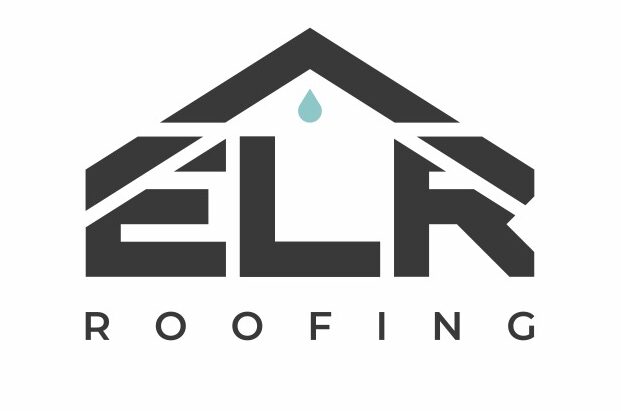
How Does Weather Impact Your Roof Replacement Project?
Definitely, not! Rain prevents roofers from installing roofs because it compromises the new roof’s structure and puts the roofing team in danger. Mould and mildew can develop on a damp roofing deck, wood can swell or decay, and shingles may not adhere correctly or uniformly. The installer is accountable for installation flaws that result in roof failure. A slippery roof poses a significant danger of injury, and nearby lightning also poses a threat. If your roofer is not adequately insured, you may be liable for any injuries on your property.
Replacing a roof in scorching weather is not advised since it might be hazardous to the workers and affect the installation’s quality. It can be more challenging to work with and more likely to sustain damage during installation when roofing materials are more malleable due to high temperatures. Working in hot conditions may also be physically taxing and result in ailments connected to the heat. The ideal time to replace a roof is when the temperature is more relaxed.
When is the perfect time for a roof replacement?
It is recommended to postpone the job until circumstances improve if the weather prediction calls for significant rain, hail, or high winds. In wet or snowy weather, roofing materials can become slippery and difficult to handle, increasing the danger of slips and accidents.
Wear the proper safety equipment, such as hard hats, safety harnesses, and non-slip shoes. You will be better protected from threats like falls.
Secure the area by erecting safety barriers and caution signs to stop individuals from unintentionally entering the construction zone. This is crucial if you’re working on a roof that slopes.
Cover the roof with a tarp or other weatherproof covering to keep rain or snow from entering the home. Additionally, this will help safeguard the roofing materials from harm
Operating in tiny areas is crucial to reduce the danger of accidents when working on the roof. This will also simplify using a tarp to cover the roof in case the weather unexpectedly deteriorates.
A qualified roofing contractor has the knowledge and practical experience to handle weather-related problems and guarantee a successful roof replacement job. They may evaluate weather predictions and decide on the project’s timetable and scheduling with knowledge. They also possess the tools and safety gear required to lessen the hazards connected with bad weather.
If you need a new roof, choose a qualified roofer, mainly if you live somewhere with erratic weather. They can deliver high-quality work, save you time and money, guarantee the safety of your home and family, and give guarantees for their work.
During your roof replacement process, if it starts to rain, the roof surface may become slick and hazardous for workers. Furthermore, working with wet roofing materials can be challenging and affect the installation’s quality. In certain instances, it might be essential to put the job on hold until the rain stops or wait for a better time to pick it back up.
Working with a qualified roofing contractor who can advise you on the optimal time for your job depending on local weather conditions is the best method to arrange your roof replacement project around weather problems. They may also assist you in creating a backup plan for bad weather and identifying any weather-related problems that could affect your project.
Extreme temperatures, such as those in severe cold or hot weather, might affect the installation’s quality. For instance, improper sealing of shingles in severely cold weather may result in future leaks and other problems. Similarly, tiles in scorching weather may become overly malleable and lose their form, creating problems.
Any time of the year, we can replace a roof. However, most experts concur that replacing or repairing a roof while the outside temperature is below 40 °F is not intelligent. Too little heat might affect how well your roof renovation project turns out.
